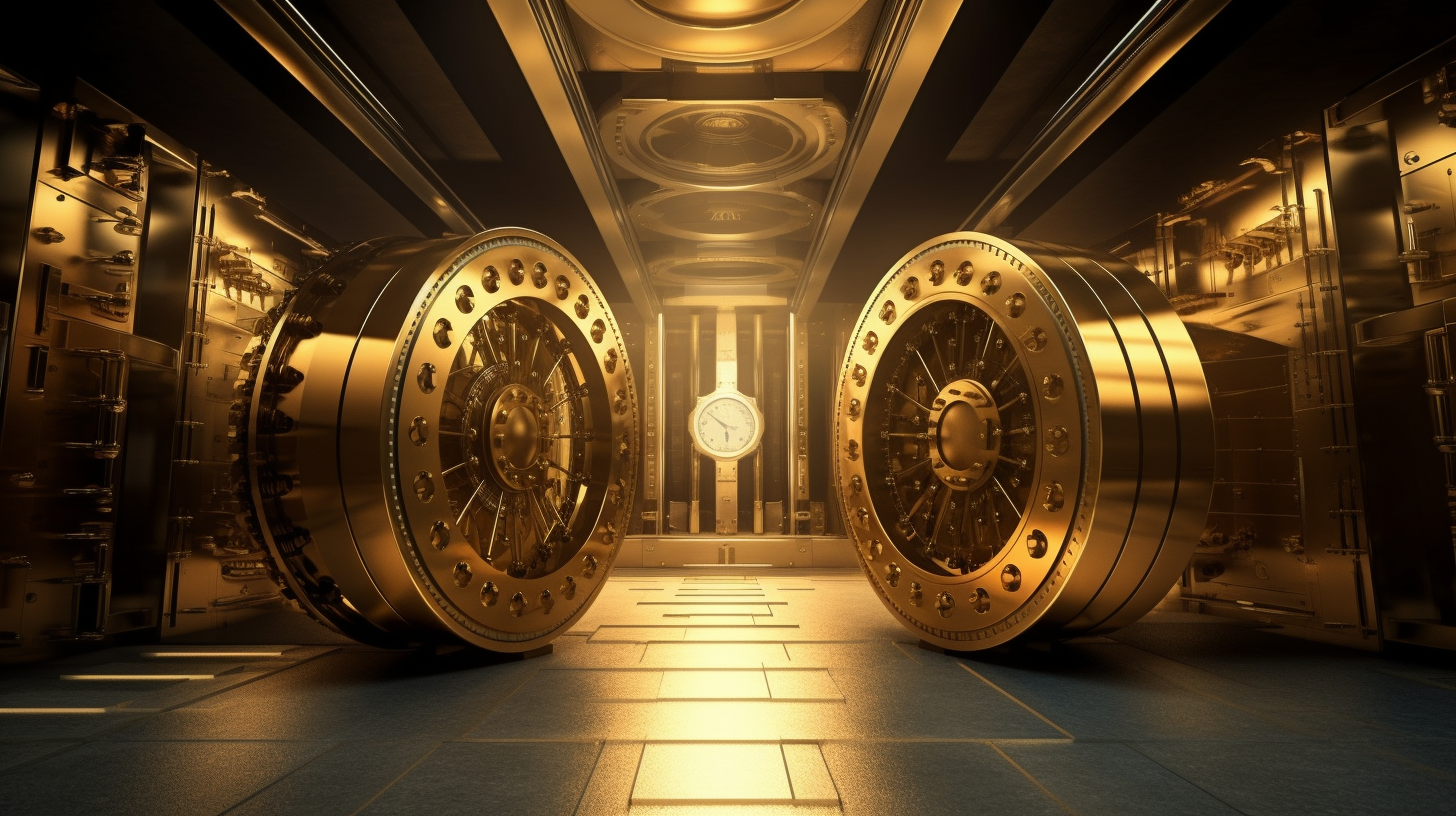In the ever-expanding universe of cryptocurrencies, Non-Fungible Tokens (NFTs) have carved out their niche, going beyond the mere expression of digital art to becoming the guardians of our digital legacy. Much like master painters of the past left their mark on canvas, today’s creators stamp their essence on the blockchain, where their work may live immortally in virtual vaults.
Since the dawn of the web, our digital footprints have been as ephemeral as a footprint on a beach, one wave away from being washed into oblivion. Enter the NFT: a technology blend of art, cryptography, and visionary forethought. Picture this: your granddaughter marveling at a digital piece you collected, or your great-grandson reading an e-book you authored, both preserved by NFTs centuries later. In the crypto-only economy, these tokens are more than just assets—they are the legacy-keys to our virtual vases, scrolls, and sculptures.
One provocative question that emerges is: how is our understanding of ownership and legacy shifting in the face of these developments? The disruptiveness of these tokens challenges the traditional norms set by inheritance and legacy systems.
NFTs, invested with the power of smart contracts, are transforming legacies into transparent, immutable, and transgenerational heirlooms. Wrapped up in the code of each token is not just a piece of art or a collectible, but intricate rules outlining how they can be accessed, distributed, or even monetized over time. With the power to program royalties to span across descendants, artists can now ensure that their offspring reap the benefits of their ingenuity ad infinitum.
One cannot discuss these virtual vaults without revisiting the Digital Renaissance we are living through. Art, in its myriad digital forms, is finding permanence on the blockchain. In this vein, the digital legacy encompasses more than just fine art; it encapsulates memes, tweets, virtual real estate, and an entire ecosystem of digital goods. The afterlife of these digital assets is bound upon the blockchain’s immutability—an eternal exhibition available for future generations.
The dynamics of our crypto-cities are shifting as well. Imagine metropolitan centers where public sculptures are interactive NFTs, and historical monuments carry augmented reality experiences, each with a traceable lineage secured on the blockchain. These are no speculative musings; the infrastructure for such a world is being laid today.
But where does this leave us in terms of challenges? The dialogue around energy consumption, digital rights, and the carbon footprint of blockchain technology is ever-present. These concerns need addressing if we are to leave a legacy that’s not only culturally rich but also sustainably preserved. Furthermore, the debates on digital scarcity and perceived value continue to stir the intellectual pot. The question of what constitutes ‘worthiness of preservation’ in a world with limitless capacity to create is as relevant today as ever.
In conclusion, NFTs are offering an unprecedented approach to safeguarding our digital legacy. As we stride further into a realm where history is tokenized and legacies are codified, these virtual vaults loom ever larger in our collective narrative. The act of ‘passing down’ a legacy no longer requires a dusty attic, but instead a secure spot on the blockchain, ensuring that our digital footprints, once so easily washed away, are now set in the stone of cyberspace.
